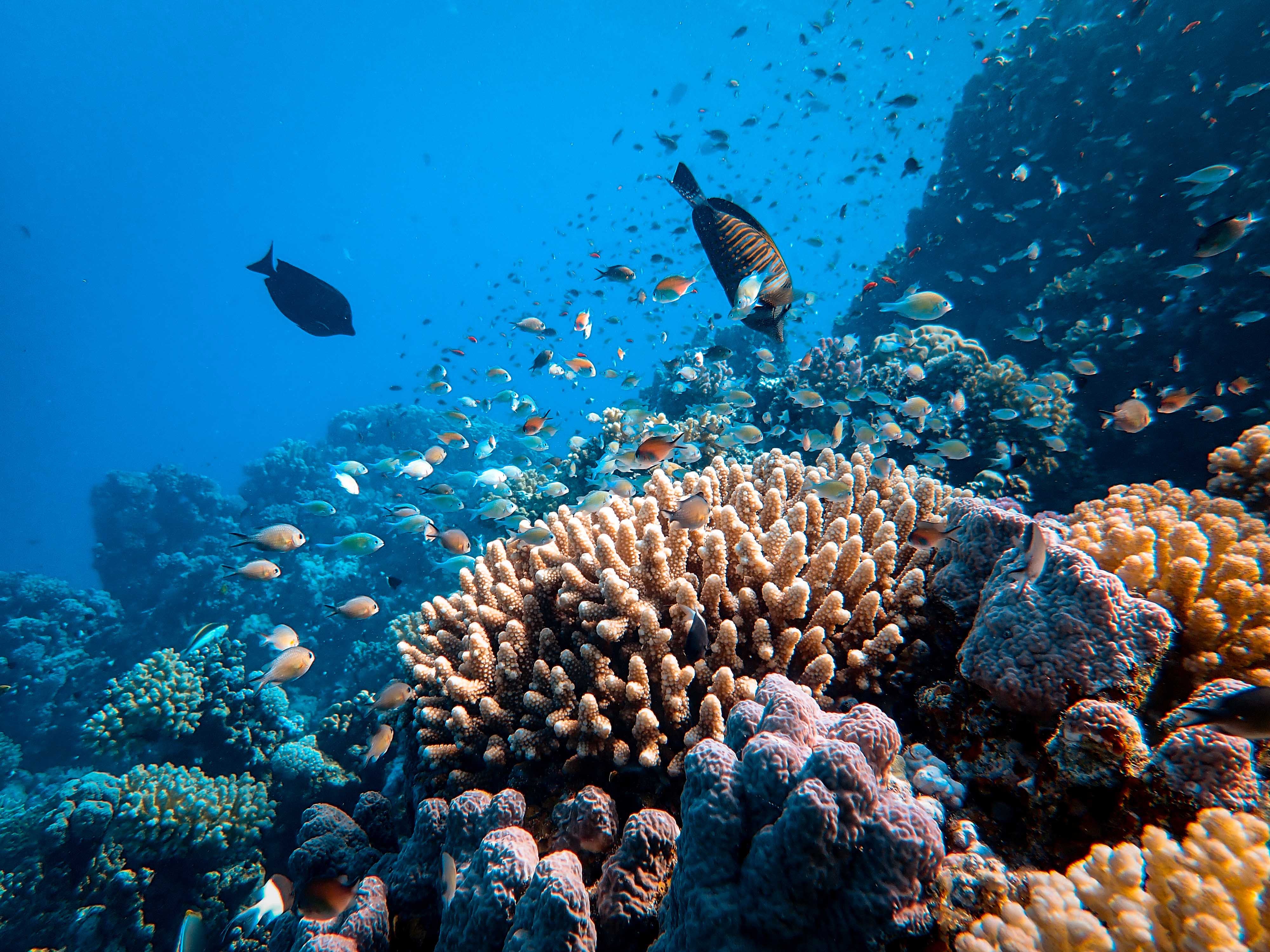Researchers apply social science methods to coral reef research
UNSW Canberra researcher Dr Katie Moon has co-created a complex system model that is being used to understand cora
UNSW Canberra researcher Dr Katie Moon has co-created a complex system model that is being used to understand cora

UNSW Canberra researcher Dr Katie Moon has co-created a complex system model that is being used to understand coral reefs, bringing a social science approach to the natural world.
Working with Dr Nicola Browne, a coral reef scientist from Curtin University, the ARC DECRA-funded project brings together expertise from a variety of disciplines including ecology, geology, chemistry, physics and climatology.
The primary aim of the project was to determine the effects of climate change on coral reefs and their associated low lying reef islands, which are under threat from sea level rise and increased storm activity.
However, Dr Moon said scientists within these disciplines often describe the system in different ways, because of differences in their own knowledge, values, beliefs, and goals.
“So, we needed a method that was going to allow us to access and integrate these different knowledges, but no existing method was available. We needed to develop our own,” she said.
Complex systems models can reveal how a system will adapt to changing conditions or interventions and can assist in defining relationships, interdependencies, and networks.
However, they are not often used in research or policy because they are very difficult to produce.
“One of the big challenges is taking account of the assumptions associated with each and every variable and relationship within a model,” Dr Moon said.
“Often we find large gaps in the knowledge base of complex systems, which are not always accounted for within modelling processes.”
Applying this method to coral reef research required a modular approach, in which the complex system is broken down into smaller sub-systems.
While each expert did not have the overarching knowledge of each variable and relationship within the complex system, they were able to contribute to their individual sub-system.
“Our modular approach enabled each individual to have confidence in their model by reducing the overall complexity,” Dr Browne said.
“The data was put into a matrix table that allowed us to quantify all of the relationships they identified.”
Aspects of the individual models that were common across the sub-systems were identified to determine the extent of similarity between models, as well as the areas of difference.
The final step involved bringing experts together in a collaborative environment where the sub-system modules were combined to create the complex system model.
“One of the biggest challenges is that modelling is actually a social process,” Dr Moon said.
“Developing complex system models takes place not within the natural world, but within the social world, by people. In developing the model, people need to accept, modify or reject knowledge within the group. It is these social processes that give rise to many of the challenges associated with modelling.”
And what did the system model reveal about coral reefs?
“That they’re really complex and we don’t know much about them,” Dr Browne said.
“That we need more money to study them, more innovation and technology. For example, we know that a particle of sand goes from a reef to a beach, but how do we track that movement effectively over time?”
Dr Moon said it’s not just about what the model tells us, but rather what it doesn’t or can’t tell us.
“What are our knowledge gaps and how might we be able to fill them?” she said.
“To assist with understanding our existing knowledge, we created a database of peer-reviewed literature that includes evidence of each relationship. Making that database publicly available, as we have done, can assist with improving our knowledge of this system.”
The method has been devised so that it can be applied to any field, from ecology to economics.
“It’s a method for sharing knowledge about a complex system, and so it’s applicable to any complex system that has relationships and connections and influences,” Dr Moon said.
She explained that complex systems have a lot of moving parts, from biological to chemical, physical to social, and a person can’t be an expert in all of these disciplines.
“It is essential that people can come together to co-produce a shared model,” Dr Moon said.
“This method enables those social processes and provides clear pathways to articulating the important variables and relationships within complex systems.”
This research has been published by Conservation Biology, Conservation Letters, and Oceanography and Marine Biology:
Conservation Biology: Developing shared qualitative models for complex systems
Conservation Letters: Mental models for conservation research and practice